The application of simulation in architectural design is becoming increasingly popular and plays an important role in the creative and construction processes of a building. Here are some key reasons:
- Improved Design Efficiency:
- Simulation helps architects evaluate the effectiveness of design solutions before actual construction. For example, lighting, ventilation, energy, and sound simulations help architects optimize the design for maximum efficiency.
- Simulation helps to detect and solve potential problems in the design, avoiding costly mistakes during the construction process.
- Simulation helps save time and money during the design and construction process.
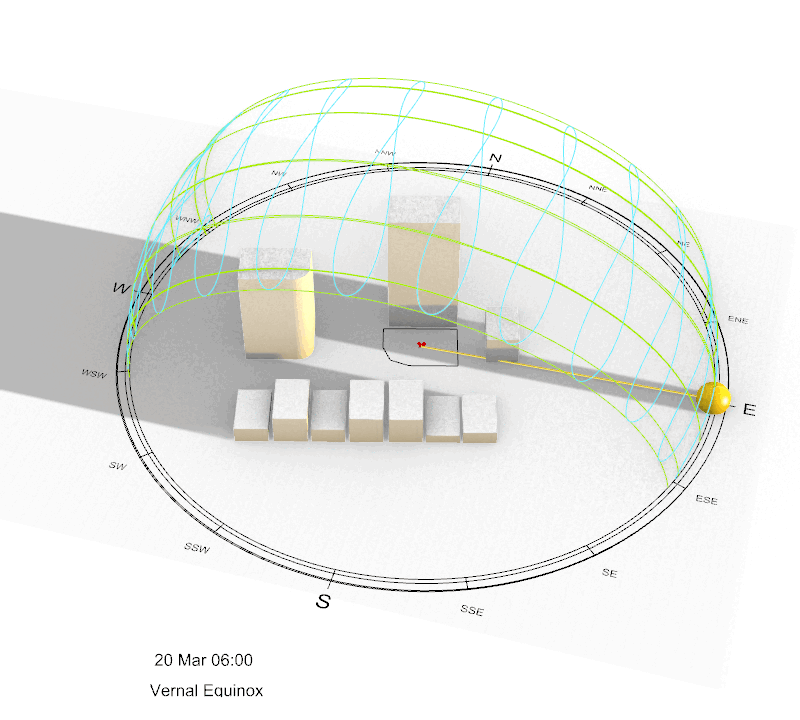
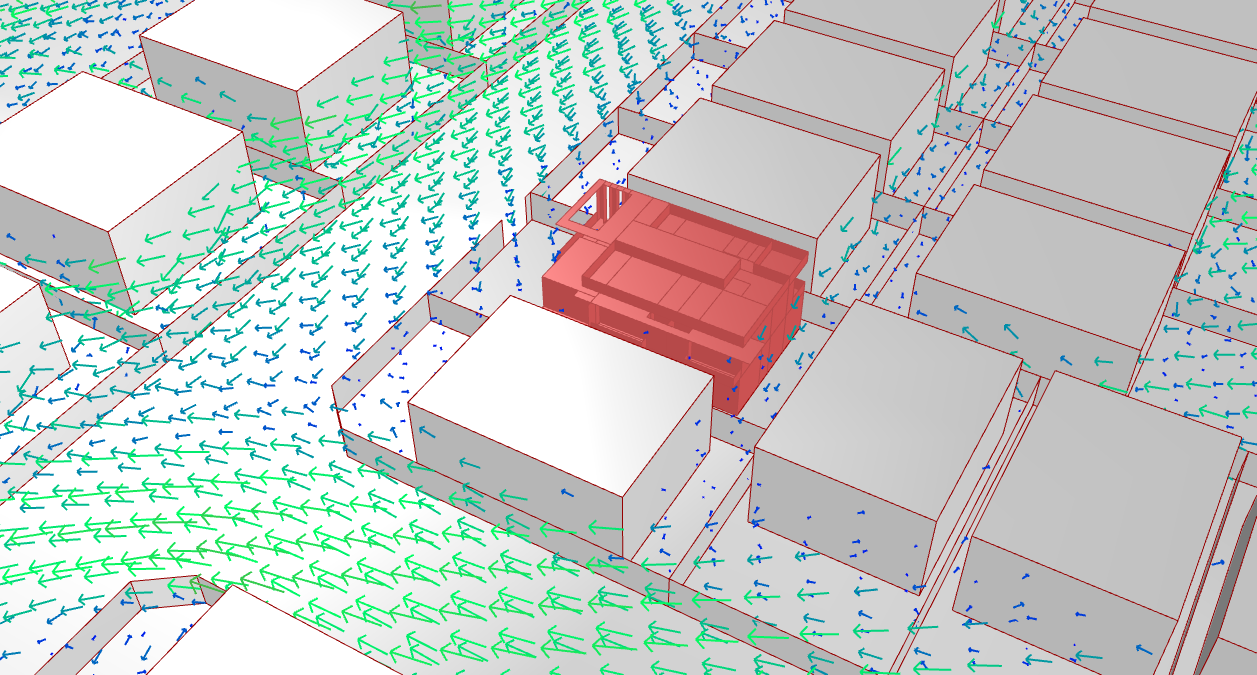
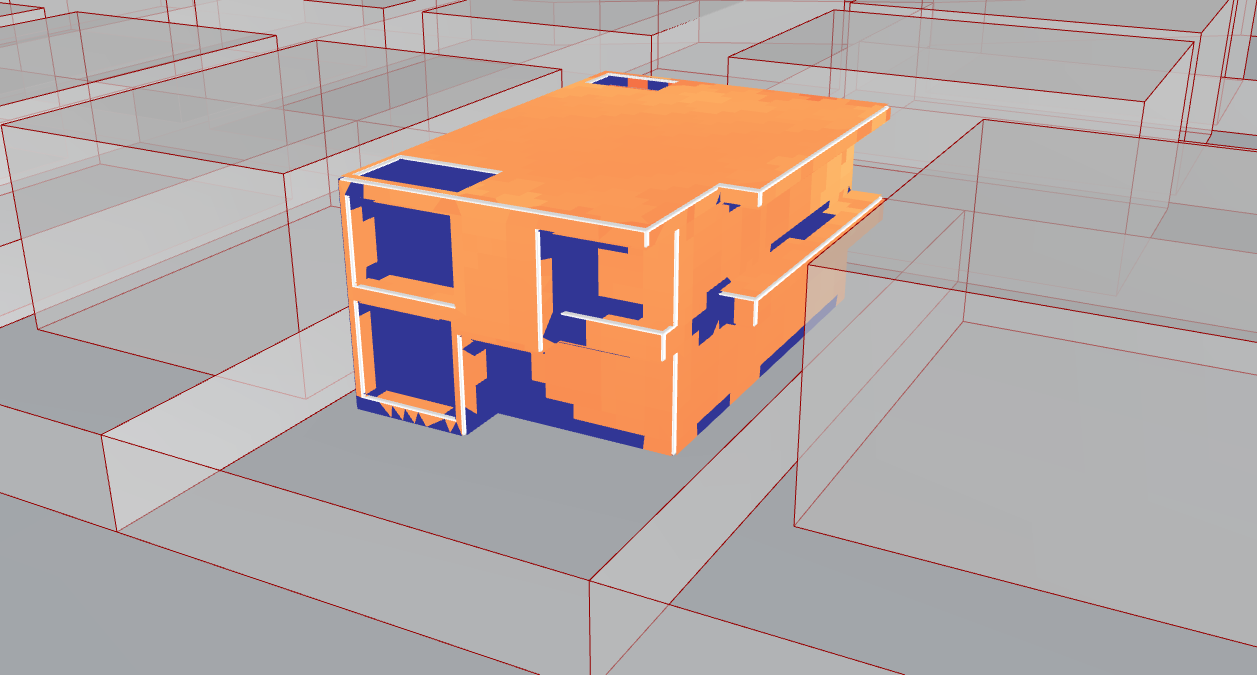
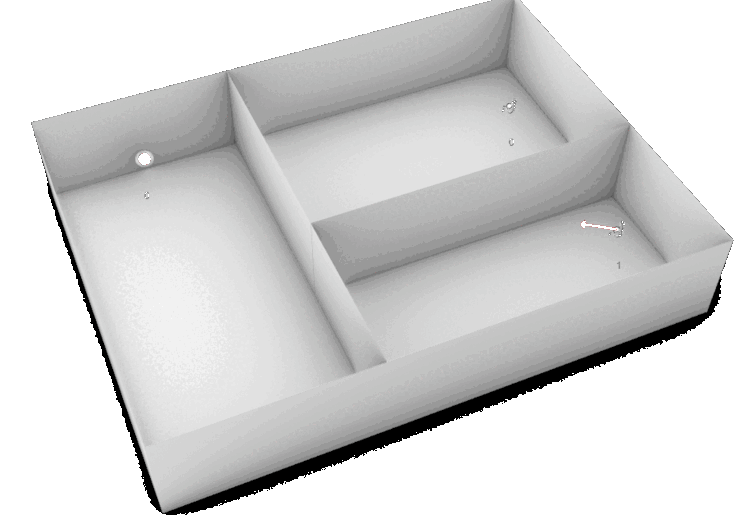
- Improved Communication:
- Simulation helps architects communicate design ideas more effectively to clients, contractors, and other stakeholders.
- Simulation helps create visual representations that make it easier for everyone to understand the design and provide feedback.
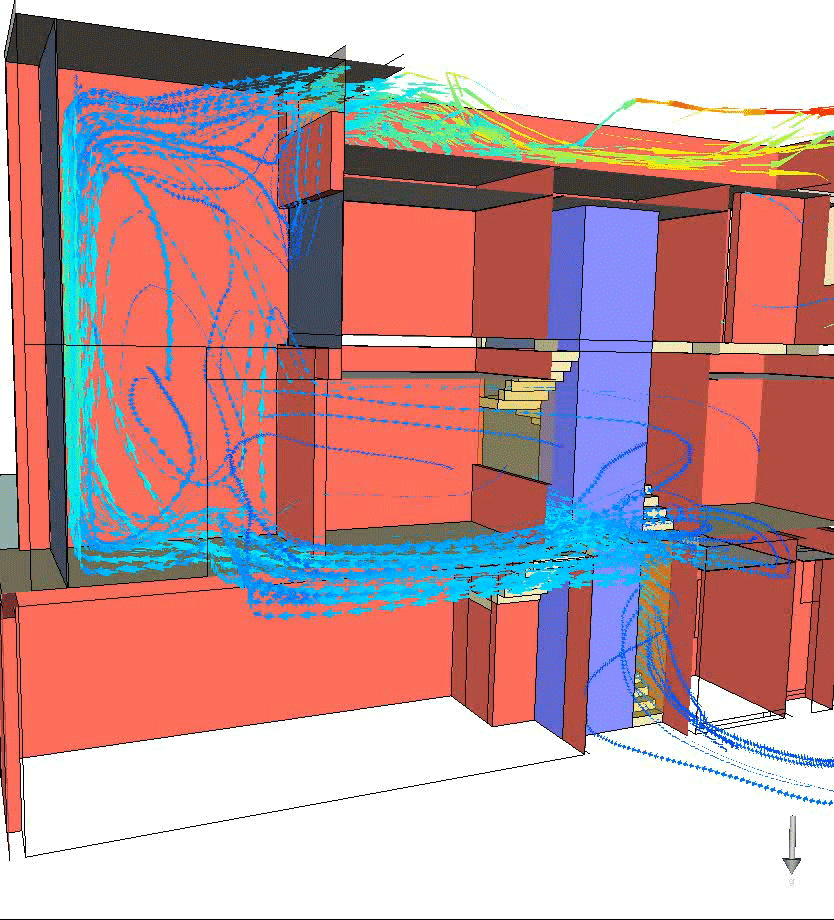
- Promotes Innovation:
- Simulation helps architects experiment with new design solutions without having to build physical models.
- Simulation helps architects explore creative ideas and find the optimal solution for the building.
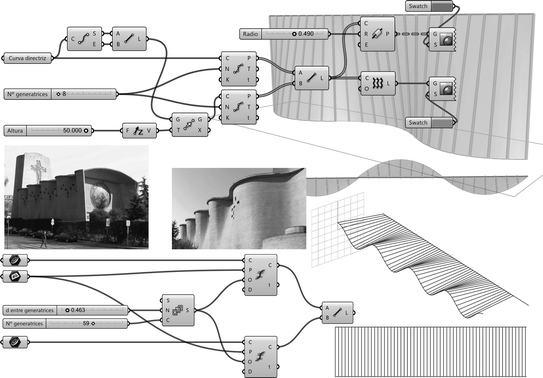

- Enhances Sustainability:
- Simulation helps architects design energy-efficient and environmentally friendly buildings.
- Simulation helps assess the impact of the building on the surrounding environment and develop solutions to minimize negative impacts.
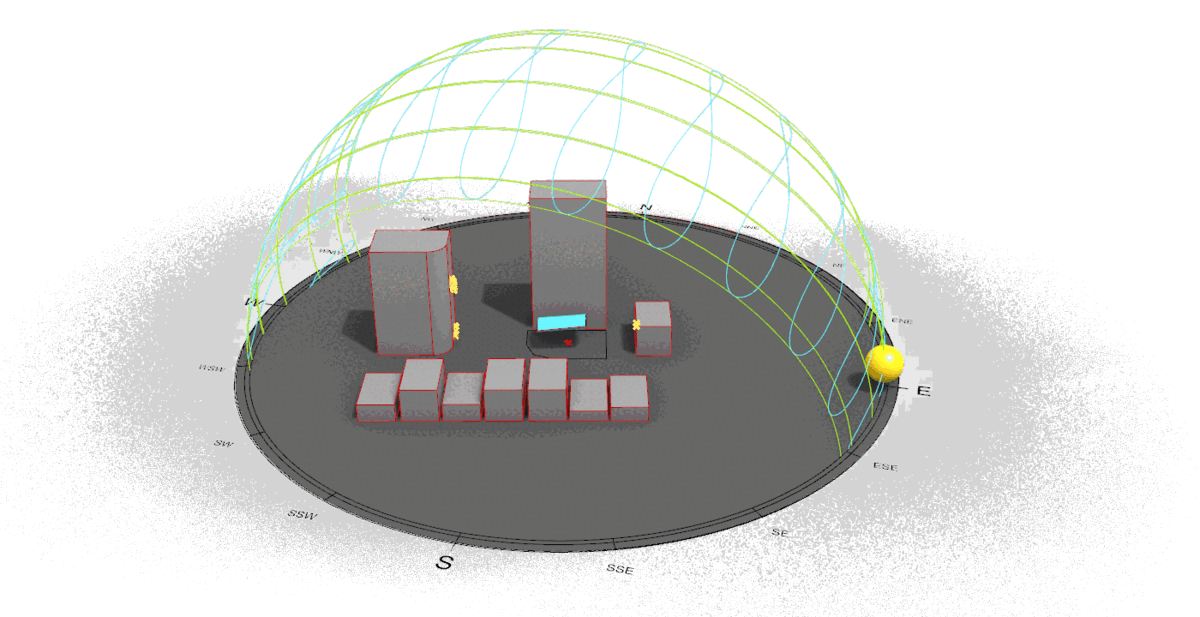
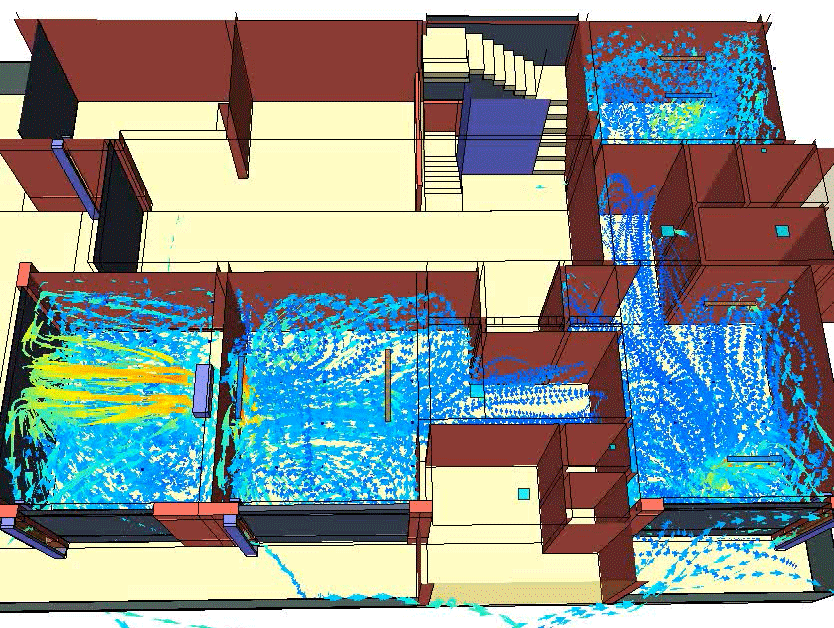
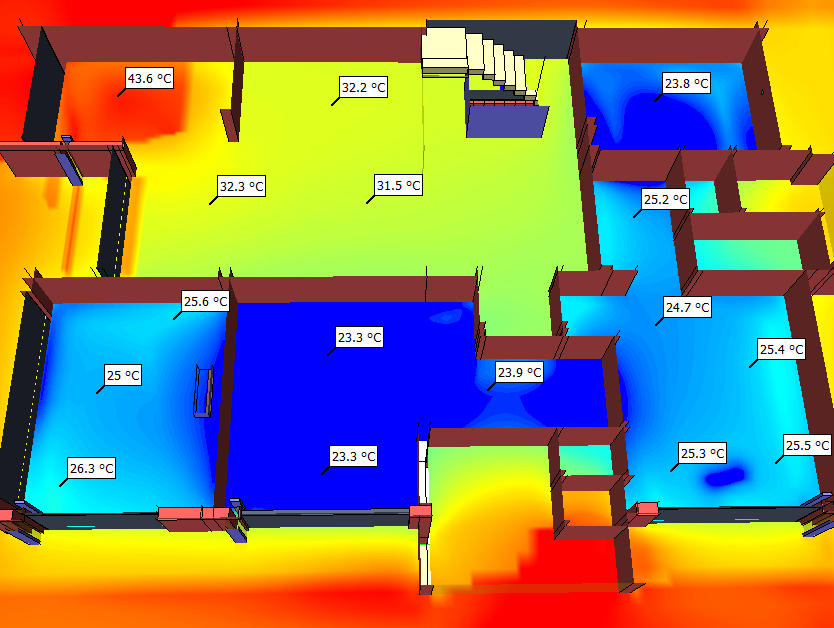
Conclusion:
The application of simulation in architectural design brings many benefits to architects, clients, and stakeholders. Simulation helps improve design efficiency, improve communication, promote innovation, and enhance the sustainability of buildings.

Tags
Related news

10 Innovative Ways to Use IAQ Data for Healthy Buildings
Closing the Gap Between Data and Action For forward-thinking organizations, improving Indoor Air Quality (IAQ) is a strategic priority. IAQ...
View detail
Designing the Mindful Home: From Matter to Energy
A mindful home is not merely a place to live — it is a conscious space, where every line, material,...
View detail
Body – Mind – Qi: The Foundation of Healing Architecture
The home is not only a shelter for the body but also a space that nurtures the soul and life...
View detail





